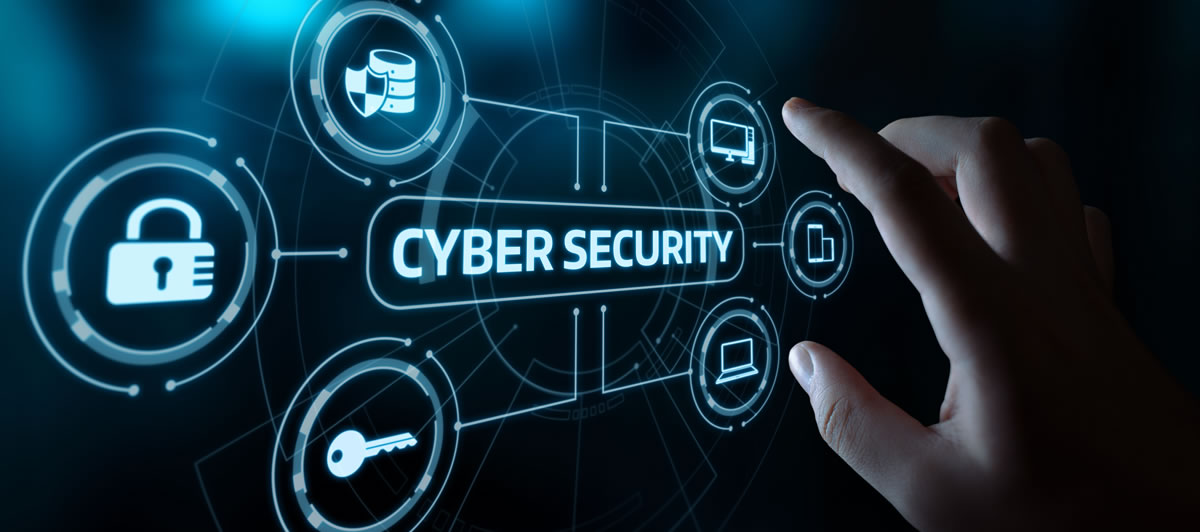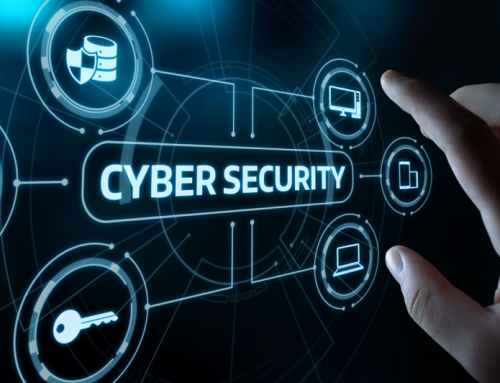Every security analyst has faced it at some point: a flood of alerts about missing patches, new vulnerabilities in popular software, and management asking, “Are we covered?” Patch management may not sound glamorous, but it’s one of the most important parts of keeping systems secure. Done well, it can stop attackers before they even get a foothold. Done poorly, it can leave gaping holes wide open for months.
Let’s break down some best practices that make patch management less of a headache and more of a streamlined, effective process.
Why Patch Management Matters
Attackers love unpatched systems. In fact, many major breaches trace back to vulnerabilities that had patches available months earlier. Exploiting outdated software is easy and cheap for attackers, which is why analysts put so much emphasis on staying current.
For analysts, patch management isn’t just about installing updates—it’s about balancing speed, risk, and business impact. You don’t want to break a critical application by patching too aggressively, but you also can’t afford to drag your feet when a critical security update drops.
Best Practices for Patch Management
1. Maintain an Accurate Inventory
You can’t patch what you don’t know you have. Start with a complete inventory of assets—servers, workstations, applications, and even IoT devices. Automated asset management tools help keep this list current so you’re not blindsided by forgotten systems.
2. Prioritize Patches by Risk
Not every patch is created equal. Use severity ratings like CVSS scores and context about the system’s exposure. A critical patch on an internet-facing web server should take priority over a medium-risk patch on an isolated lab machine.
3. Test Before Deploying
Rolling out patches blindly can cause outages or break business-critical apps. Always test updates in a staging environment before pushing them enterprise-wide. This balances security with stability.
4. Automate Where Possible
Automation speeds up patch cycles and reduces human error. Centralized patch management systems let you push updates across multiple machines with minimal effort, and scheduling ensures consistency.
5. Establish a Regular Schedule
Critical patches should be handled quickly, but you’ll also want a consistent patch cycle—weekly or monthly—so updates don’t pile up. A schedule keeps things organized and helps set business expectations.
6. Document and Report
Tracking what was patched, when, and why is essential for compliance and audits. It also helps security teams show progress to management and prove that vulnerabilities are being addressed.
7. Don’t Forget Third-Party Software
It’s not just about operating systems. Applications like browsers, Java, Adobe products, and even printer software can introduce risk if left unpatched. Attackers know this, so analysts should, too.
Why Patch Management Matters for CompTIA Certifications
Patch management is a recurring theme across multiple CompTIA certifications.
-
Security+ introduces the importance of patching as part of basic risk management and system hardening.
-
CySA+ digs deeper, focusing on vulnerability management, prioritization, and reporting—core skills for analysts.
-
CASP+ looks at patch management on an enterprise scale, balancing security with business continuity.
So, whether you’re prepping for an exam or working in the field, patch management is one of those topics you can’t afford to skip. It’s not just theory—it’s daily reality.
Final Thoughts
Patch management may not be the most exciting part of cybersecurity, but it’s one of the most impactful. Staying on top of vulnerabilities, prioritizing wisely, and balancing business needs with security requirements is what separates reactive organizations from proactive ones.
If you’re on the CompTIA certification track, think of patch management as both a test question and a skill you’ll use constantly in real life. Mastering it means fewer late-night incidents, smoother audits, and a stronger security posture overall.




